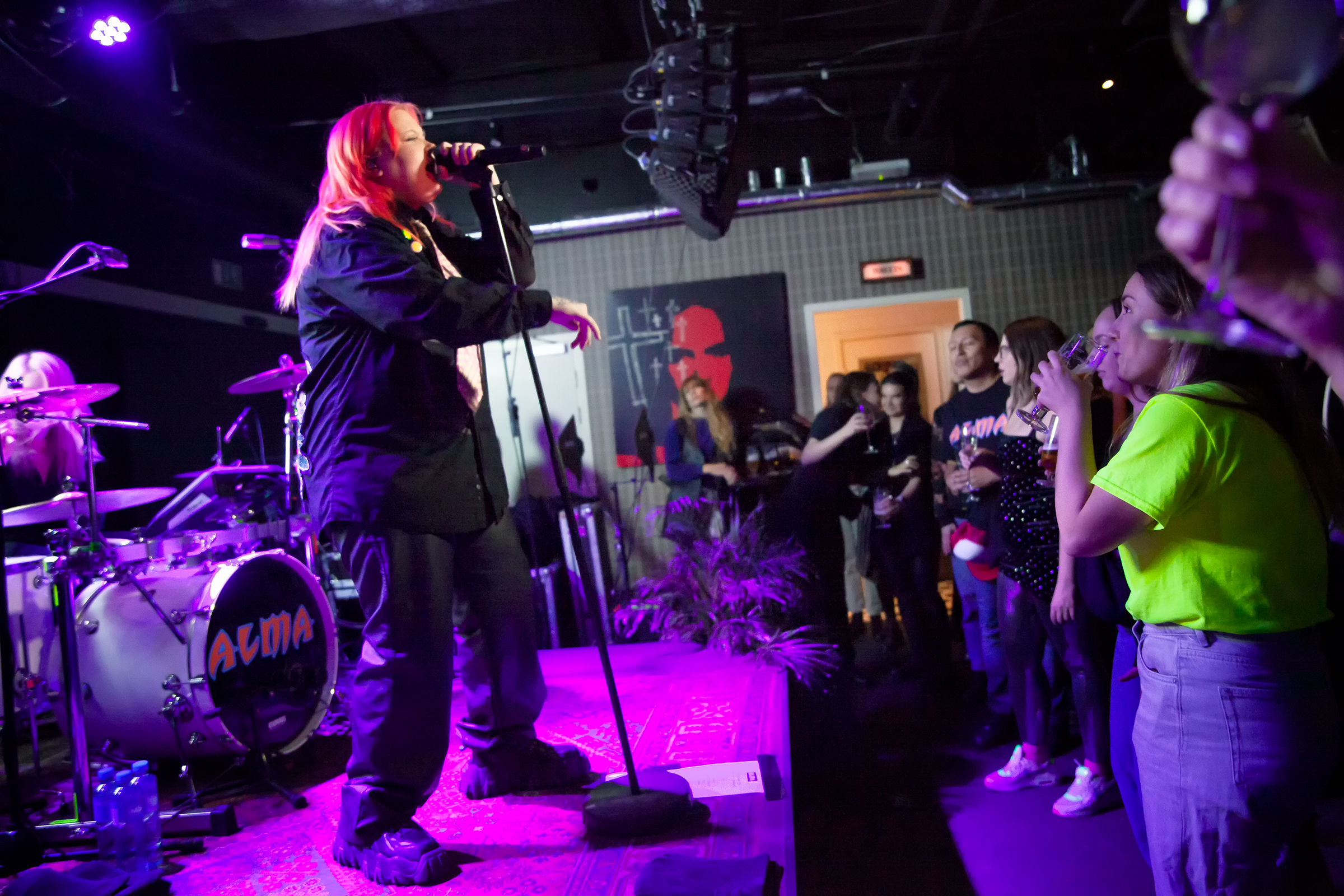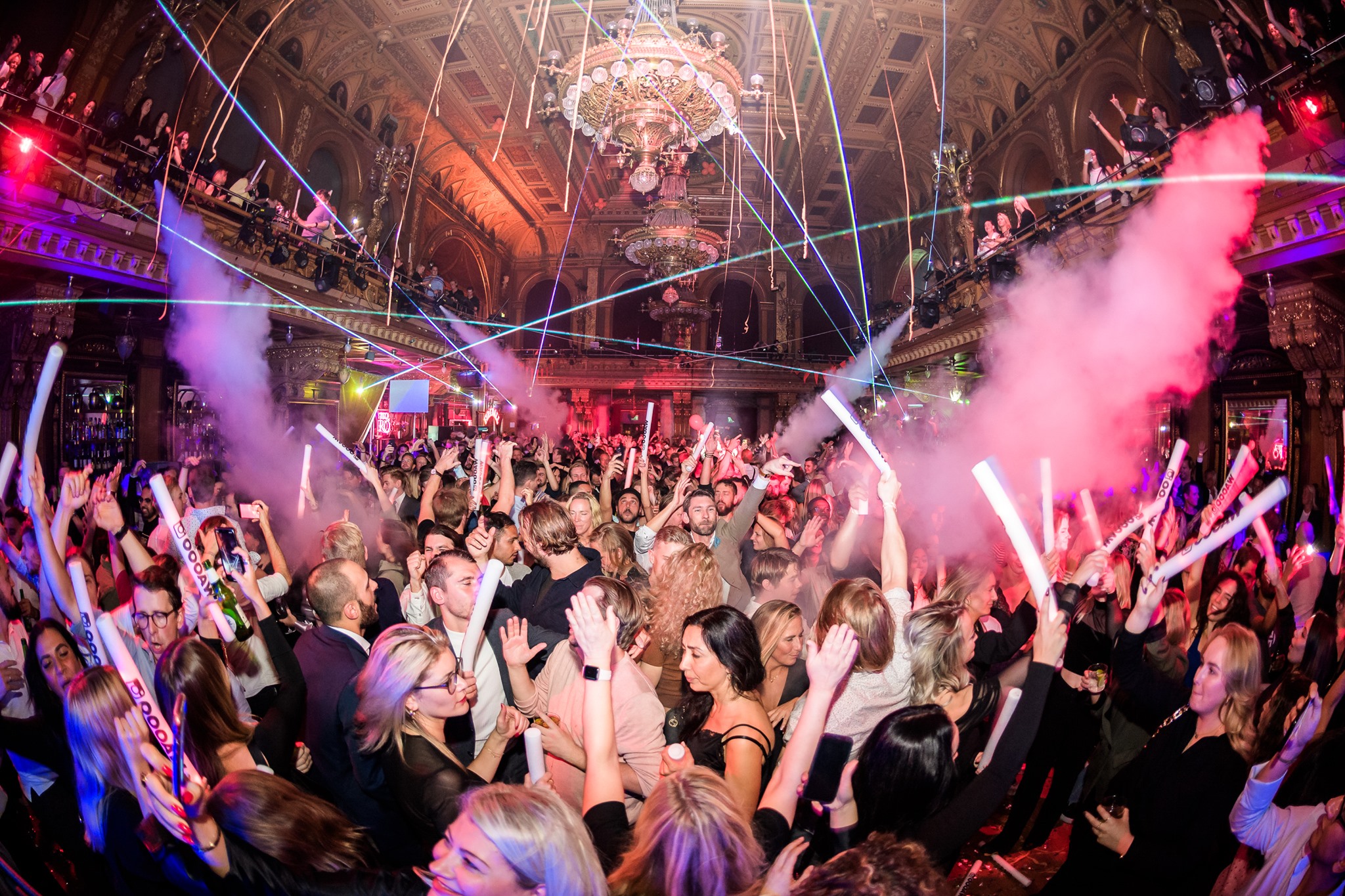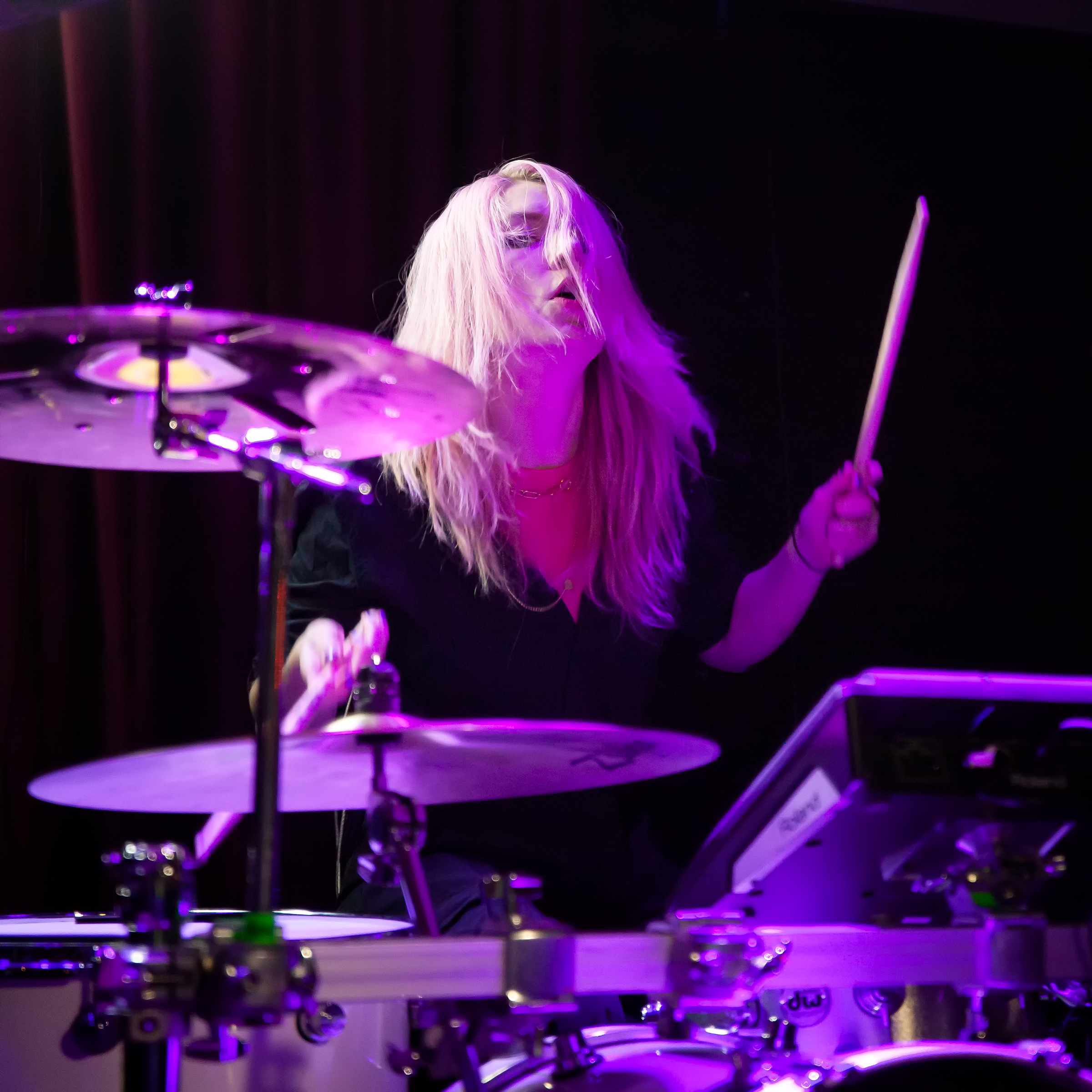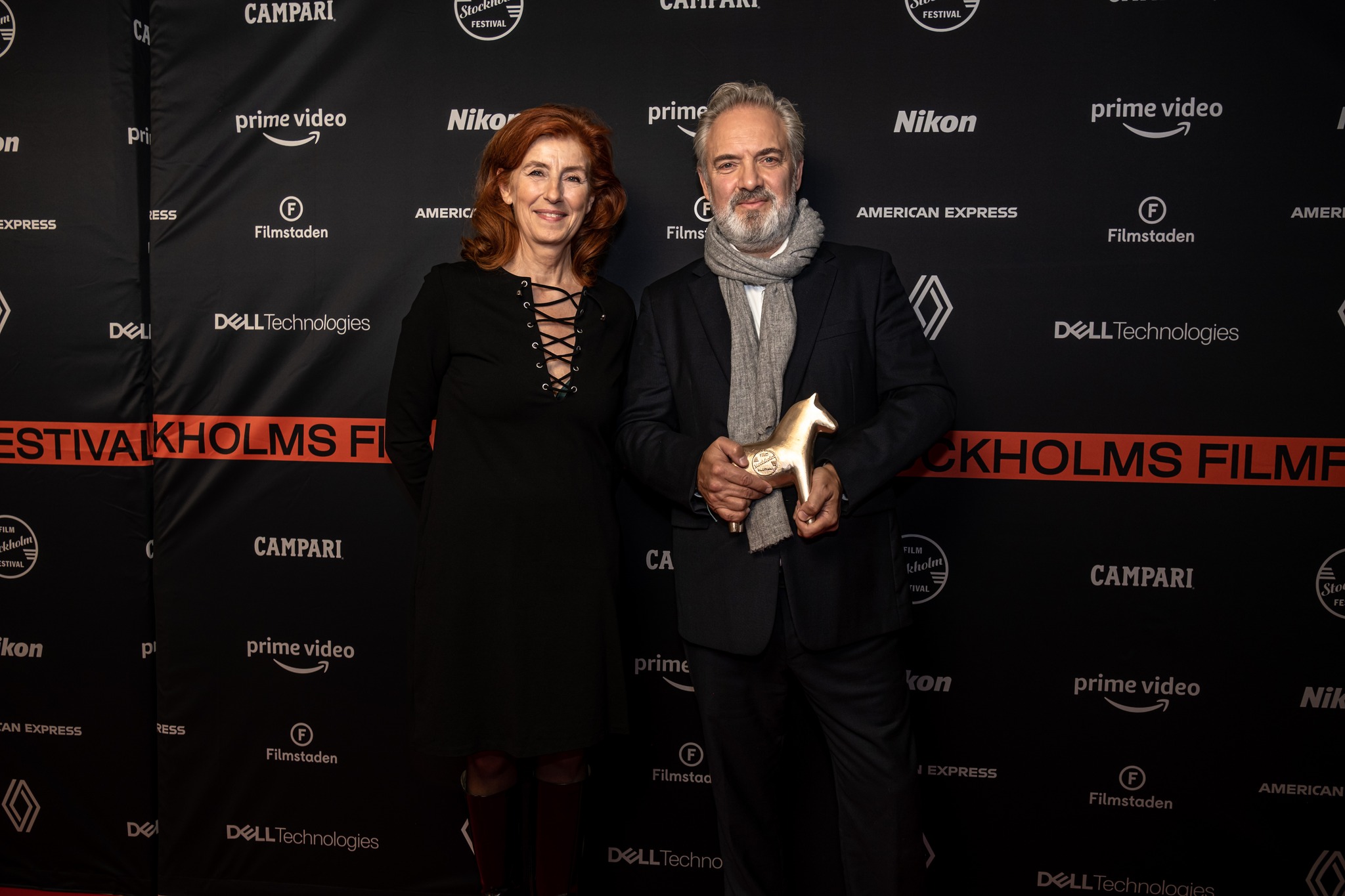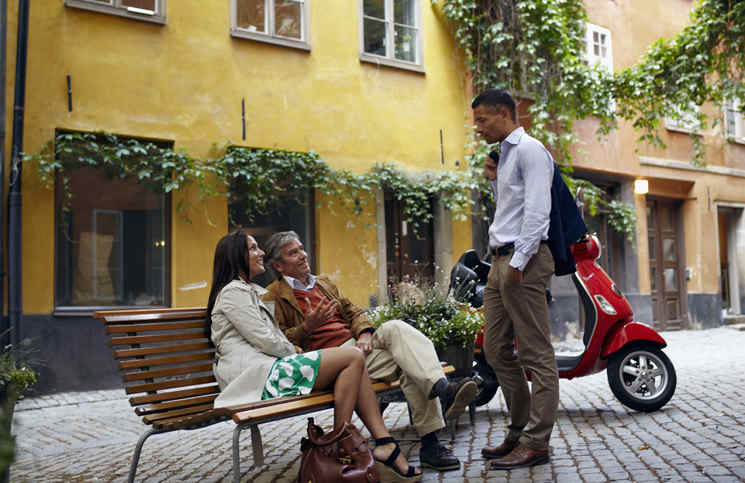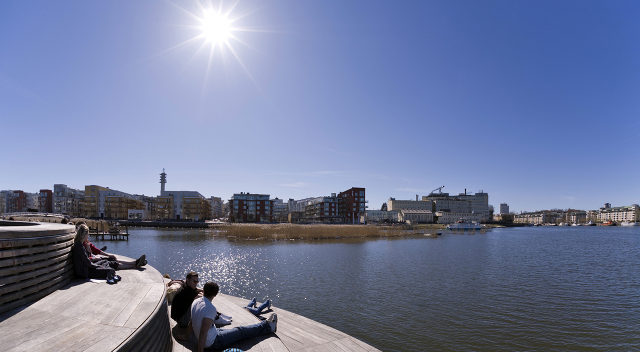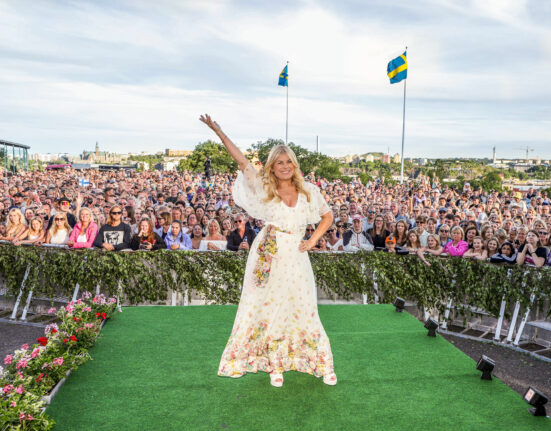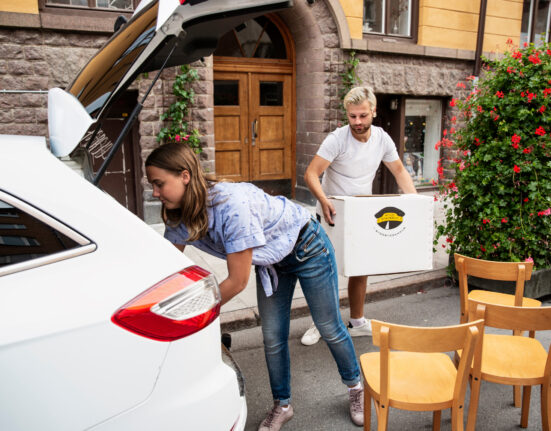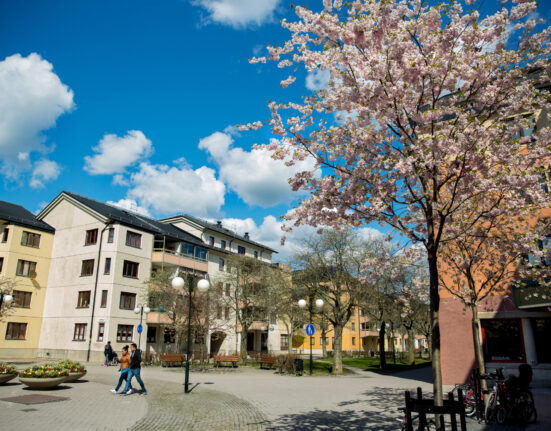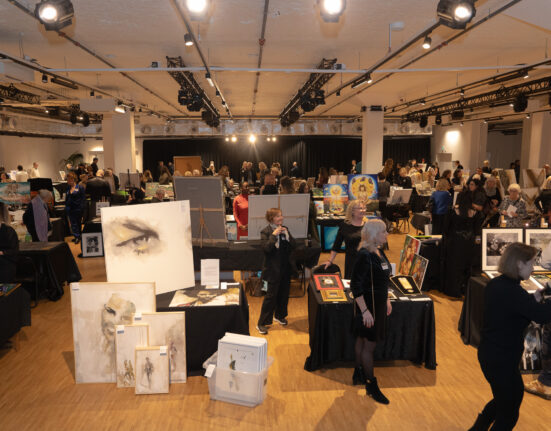Stockholm is divided into many distinctive neighbourhoods, each with their own unique character. Not surprising, considering it’s a city spread across 14 major islands in an archipelago. The island topography of Stockholm is rich with historical architecture, out-door cafés, bohemian boutiques, gourmet markets, posh shopping boulevards, and thriving commercial districts. All of which is set against the backdrop of glittering blue water and gliding sailboats. The following is a list of the various neighbourhoods that make up YOUR living city – Stockholm.
Gamla Stan
Gamla Stan (the Old Town), is the original Stockholm dating back to the 13th century. Here, ornate 17th-century preserved houses line narrow cobbled streets that splinter off into alley-ways heading in all directions. This area is packed with pubs, restaurants, kitschy souvenir shops, and spectacular harbour views – making this small section the most popular destination for tourists.It’s also conveniently located between, bustling Norrmalm to the north and hip Södermalm to the south bridging the two distinct areas. The bulk of Gamla Stan is on the island of Stadsholmen. Riddarholmen, the tiny island just to the west, is also usually considered part of Gamla Stan.
What not to miss: Mårten Trotzigs gränd – the narrowest alleyway on the island at only 90 centimetres across at its narrowest point.
Local’s tip: Stop for a while under the chestnut tree on Brända Tomten (crossing Kindstugatan/Själagårdsgatan) and feel the heartbeat of the old city. Then head to Gråmunken Café and fika in the cellars under the city!
Norrmalm
Norrmalm is an active and hectic district characterized by Stockholm’s buzzing Central Station, the shopping crowds in Drottninggatan, and an abundance of cultural facilities such as: Kulturhuset, the Royal Opera, St. Jacobs Church, Sweden House, and several ample parks.
The neighbourhood’s more modern areas are packed with a variety of retail shops, Stockholm’s largest department stores as well as government buildings. Despite the unavoidable tourist traffic, the vast majority of the crowds in Norrmalm are residents. This area is the beating heart of modern Stockholm.
What not to miss: Shopping in the very heart of the city. Sampling local produce on Hötorget square. The beautiful white structure of Adolf Fredriks Church, where late prime minister Olof Palme is buried.
Local’s tip: For the biggest slabs of cake and cinnamon buns this side of Uppsala – head to Café Egoiste in the MOOD Galleria. They are enormous!
Södermalm
Södermalm is a favorite borough among many locals. The island forms the southern part of the main city and is THE definition of urban Stockholm. A hipster revolution has turned this once working-class neighbourhood, into a hot-spot for artists, musicians, hip designers, bohemian cafés, edgy shops, and funky restaurants.
This area is home to some of the most diverse and sought after addresses in all of Stockholm, from the Art Nouveau apartments on Mariatorget to centuries-old cottages stacked on the cliffs above the sea on Mälarstrand and Fjällgatan.
Away from the major sights and museums, Södermalm is most enjoyed by locals. Further south in Söder, things become much more residential with wide streets, tall apartment buildings, and less glam stores.
What not to miss: Götgatan on a sunny day, for shopping and people-watching. The Nytorget area for the nicest and most hipster-friendly bars and cafés in the city. Kaffe on St Paulsgatan, for the best reindeer toastie the city can offer! (Mind they only take cash, though.)
Local’s tip: Walking along Monteliusvägen you get THE best view of the city! Hard to find for most that are not locals -it is a rite of passage to discover this walk!
Kungsholmen
Kungsholmen is an expanding residential area, situated between Södermalm and Östermalm. This is a calmer area of the city centre with plenty of cafés, restaurants and bars and is currently undergoing urban development in hopes of creating better access to its sprawling parks and waterfront trails. This project will make it possible to walk all the way around Kungsholmen.
What not to miss: Lunch at Mälarpaviljongen in the summer months, Taylor’s and Jones’ British-style Butcher’s shop on Hantverkargatan.
Local’s tip: If you haven’t met up in Rålis (Rålambshovsparken) with friends for a game of Kubb, then you haven’t lived. Used for all sorts of gatherings, from Midsummer to Guy Fawkes (true story) this is THE park for meet-ups in Stockholm.

Djurgården
This island is ideal for walks and picnics and for families and tourists to visit the open-air museum Skansen or amusement park Gröna Lund. Kungliga Djurgården (The Royal Animal Park) – as it is officially called – is a forested island which serves as the summer recreation area of Stockholm. It’s easily accessible by bus or tram. But many Stockholmers would swear that there is only two ways to get there i the summer: by strolling down the lovely Strandvägen while eating an ice-cream or by enjoying the salty splashes of the water while journeying over on the ferry. The island is host to many museums, galleries and monuments and attracts 10 million visitors a year.
What not to miss: Liljewalchs art gallery (especially for the spring exhibition), the kanelbullar (or any other baked goods) from the little bakery at open air museum Skansen, the virtual dancing experience at the ABBA museum (of course), Rosendals Trädgård.
Local’s tip: In the back streets next to amusement park Gröna Lund, one can glimpse a view of what the area looked like before it was overrun by modern society. yet few people know where to look. Also, don’t miss climbing out onto the cliffs by the water at Waldermarsudde for THE best views.
Vasastan
Vasastaden (The Stone City) is marked by the massive stone buildings that line its city blocks and is made up of a fashionable bourgeois residential area located close to cafés, shops and IT and media offices.
What not to miss: Vasaparken, Observatorielunden, Vanadislunden and the Tegnerlunden park square, making this area perfect for a summer stroll.
Local’s tip: Café Ritorno on Odengatan next to the park. Just going in there makes you feel intellectual. Also it is one of the last old school Stockholm cafés left.
Östermalm
This is the most elegant and most exclusive part of town with some of the city’s most impressive buildings, high-end specialty shops and stately apartment blocks with flats that are sold for absurd amounts of money.
What not to miss: Humlegården and the National Library. The lovely Karlavägen boulevard and Karlaplan roundabout – the heart of Östermalm. The English Church near the water on Dag Hammarskjölds väg is by far one of the most beautiful in Stockholm.
Local’s tip: There is nothing that beats walking Strandvägen from Nybroplan to Djurgårdsbron. Make sure not to miss the Royal Dramatic Theatre (Dramaten) on your way. On sunny days half of Stockholm will be found lounging on its stairs.
Suburbs
South of the City Centre, a large number of high-density suburbs spread out along the metro system and the three main highways leading towards Värmdö, Nynäshamn and Södertälje. Closest to the City Centre is Gröndal, Midsommarkransen and Hammarby Sjöstad, an ultra-modern large residential district built in an old harbour.
Northwest Stockholm consists of both expensive districts such as Bromma and of high-rise suburbs such as Rinkeby, Tensta and Akalla. Some other major districts close to the City Centre are Solna, Sundbyberg and Kista, the area home to the Swedish telecom and ICT industry.
Northeast Stockholm consists mainly of calm and affluent suburbs along the highways towards Norrtälje and Uppsala. Here one can find Djursholm, the home of Swedish billionares, and neighborhoods such as Sollentuna, Täby, Åkersberga and Österåker.
East of Stockholm the vast archipelago stretches out in all directions. Located in the middle of the archipelago is the large island Värmdö that can be reached by highway, and thousands of surrounding islands, of which several are permanently inhabited. Many of these islands can be reached by passenger ferries departing from Nybroplan or the Grand Hotel in the city centre, or from seaside towns out east such as Vaxholm, Stavsnäs and Dalarö. The archipelago is a very popular place to have a weekend/vacation house, so the population multiplies each summer.
Photo Credits: Ola Ericson/Imagebank Sweden and Nicho Södling/Imagebank Sweden

